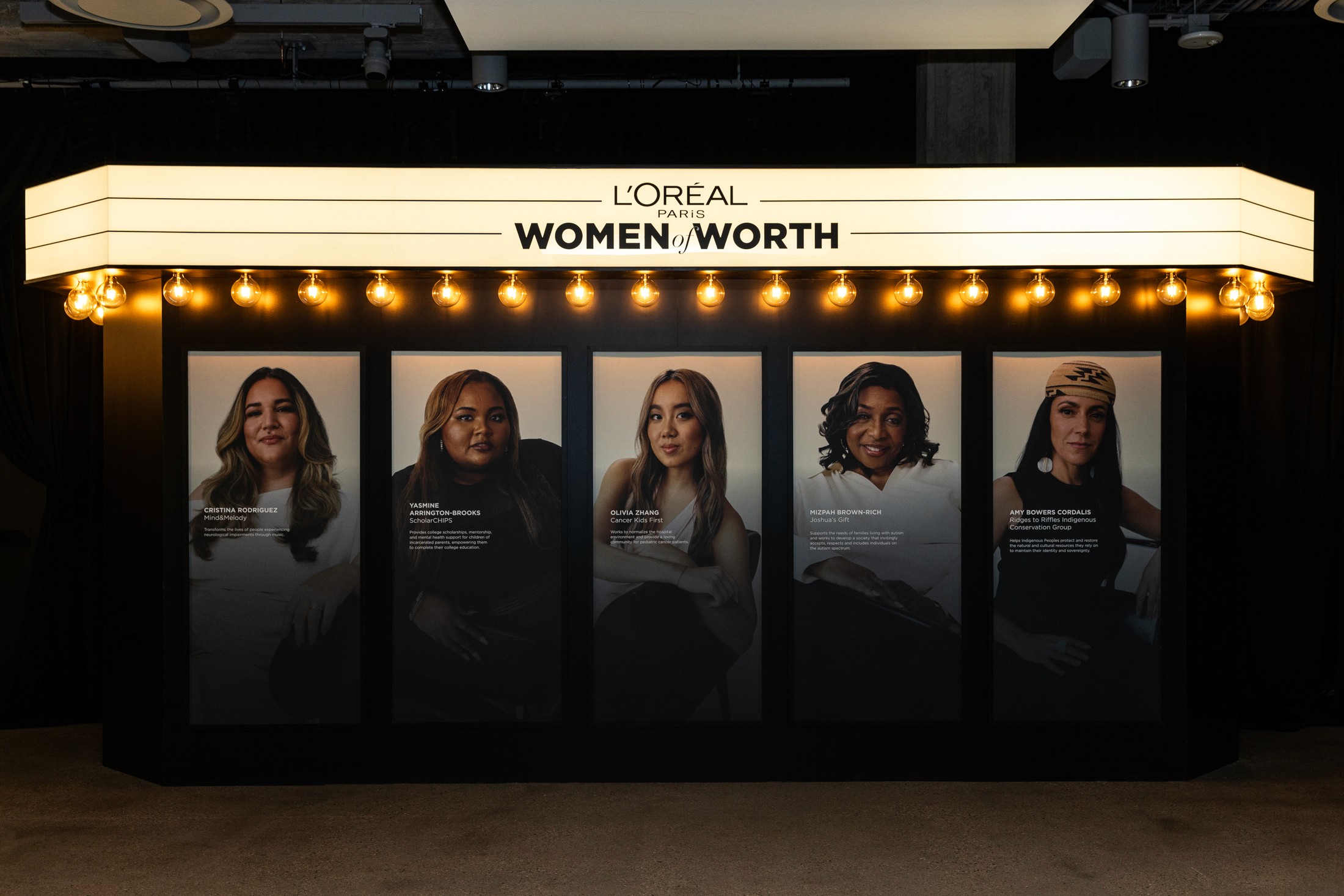Optimizing Human Flow in the Beauty Industry
Have you ever heard of the PBS drama “Mr. Selfridge” which concluded a four-year run in 2015? It’s the story of American Harry Selfridge and Selfridges, the London-based department store he founded in 1906 that forever changed retail. The show is entertaining for anyone, but if you’re in the retail or branding business, particularly in the beauty and cosmetics world, there are a great many lessons that still apply.
This is, after all, a show about the man who had the insight to move the perfume counter to the front of the store to help mask the street smell of the horse-drawn carriages outside. He’s also the person not only credited with the adage “the customer is always right,” but also the less known but more relevant today: "People will sit up and take notice of you, if you sit up and take notice of what makes them sit up and take notice."
One of Selfridges best insights is his use of themes and entertainment to entice shoppers. Brands were secondary to the main message, but benefitted greatly because people couldn’t help but want to buy something. Today, Mr. Selfridge would be delighted to know that he would be able to accomplish far more KPIs with the same concept by using technology that helps sharpen the experience and help retailers communicate with customers based on data.
Today what makes people sit up and take notice is experiential marketing. According to a study last year in EventTrack, “91 percent of consumers say they have more positive feelings about brands after attending events or experiences.” While another study found that “9 out of 10 marketers agree that brand experiences deliver more compelling engagement.”
In 2019 experiential marketing is no longer a trendy buzzword, it’s a proven strategy and the smartest brands are taking advantage of it. But it isn’t easy -- it requires a lot of inspiration. One of the big mistakes brands often make is that they train their brand ambassadors (such a more apt term today than sales team, isn’t it?), but they don’t inspire them. Brands need to make their own people believe in what they’re selling if they want customers to believe in what they’re buying.
Still, there is a perception among C-suite executives, which would no-doubt drive Mr. Selfridge crazy, that sees retail as a sales-per-square-foot generator, rather than what is better suited at in today’s climate -- a media tool, a physical version of a magazine with numerous themes and features -- all powered by technology enablers.
The tech I’m talking about are not simply web-based or SEO related or even social, but rather all the digital solutions at our disposal that enable deeper engagement between consumers and brands.
That could be something as simple as a photo booth for nailing the perfect Instagram “moment,” or more sophisticated tools like heat mapping so you can actually see where customers navigate in your store; or facial recognition software so your ‘brand ambassadors’ can access data when a particular customer enters the store and knows their buying habits, age group, demographic, ethnicity, etc.
These “digital enablers” may be state-of-the-art, but ultimately are only truly effective when they are used in the service of a better relationship between consumers and brands, which in turn gives your brand ambassadors the tools to do their job better by engaging customers on a deeper level.
The Internet — with a whole generation living their lives online — has made human connection a commodity, particularly when it comes to beauty consumers. What many now are actually craving (even if they don’t say it) are the type of interactions that were the norm just a few decades ago: real face-to-face experiences with brand experts in a physical store.
Now imagine brand ambassadors that are fully committed to creating powerful human interactions with customers, BUT are also armed with pertinent customer data derived from technology. Now you’re creating a powerful and personal experience for customers that they can’t possibly get from an app. It means bridging the connection between offline and online in an impactful way based on data tracked in the physical world, and thus optimizing human flow.
Using technology wisely to empower your brand ambassadors to forge the kind of meaningful dialogue that many beauty consumers want to have would definitely make the late Harry Selfridge smile.




